Ubiquitination/ Proteasome
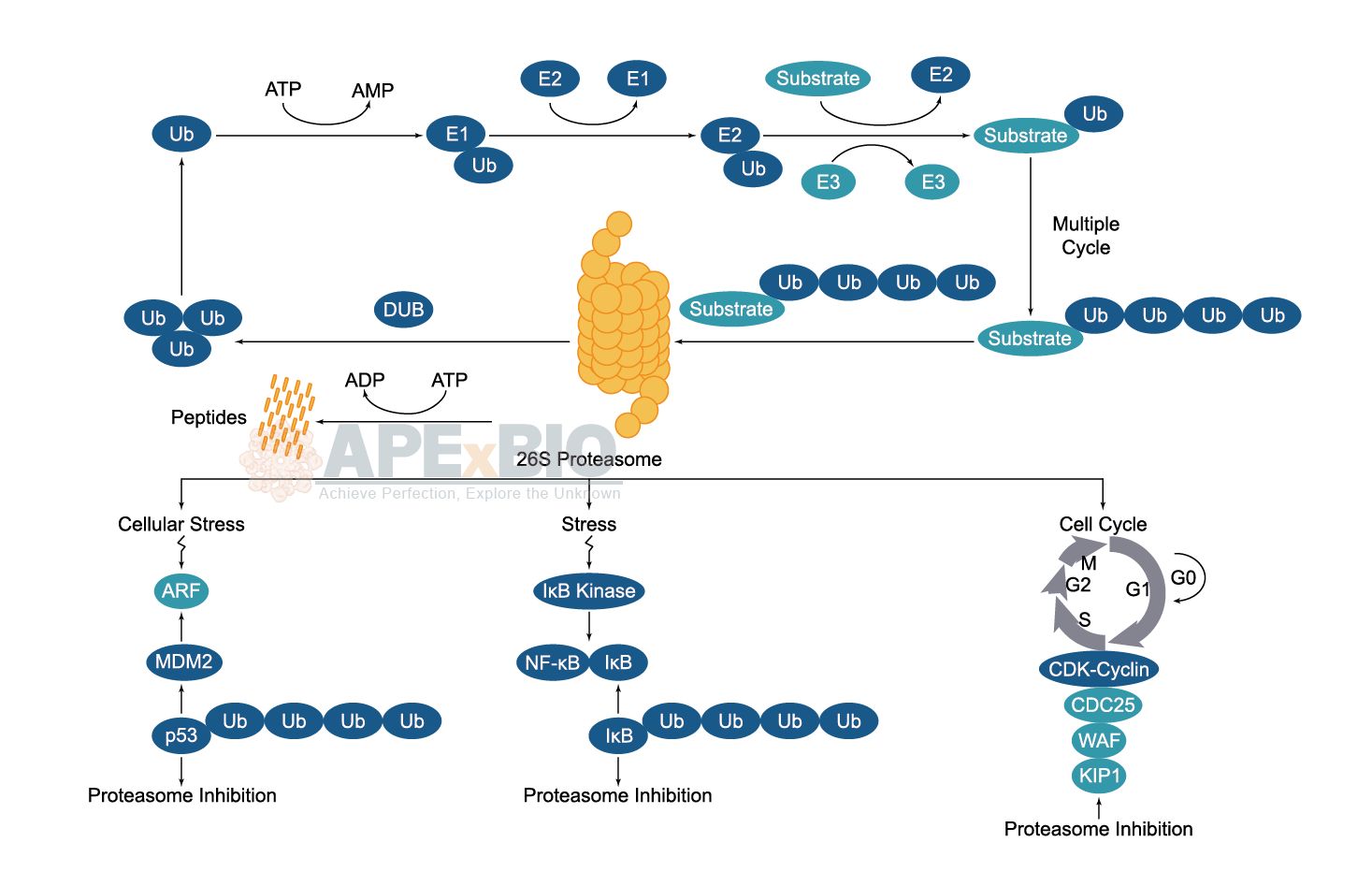
Once the substrate protein is labeled, proteasome will bind to a polyubiquitin chain, allowing the degradation of the labeled protein. The polyubiquitinated target protein is then recognized and degraded by the 26S proteasome. Deubiquitinating enzymes (DUBs) reverse the process of ubiquitination by removing ubiquitin from its substrate protein. Dysregulation of the ubiquitin-proteasome system has been linked to cancer, diabetes, cardiovascular and neurodegenerative diseases etc.
-
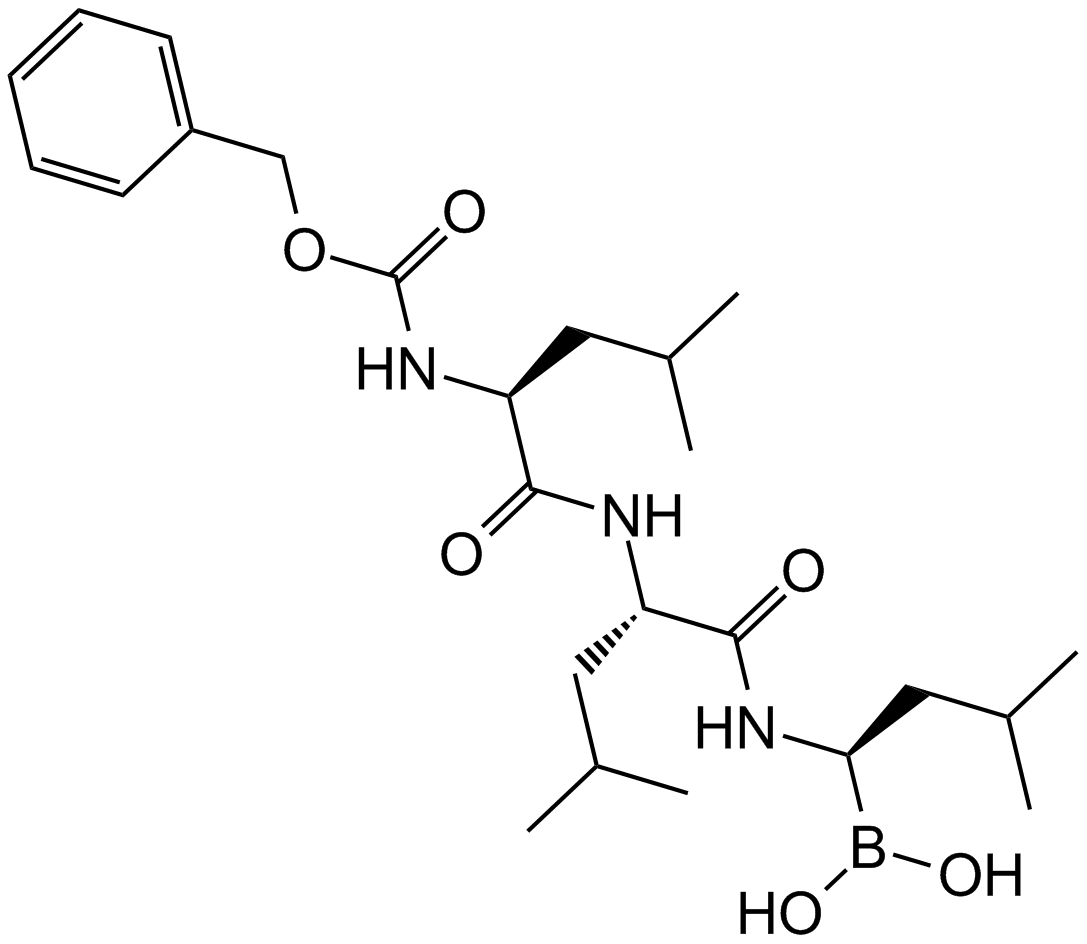 A8179 MG-2621 CitationTarget: ProteasomeSummary: Proteasome inhibitor
A8179 MG-2621 CitationTarget: ProteasomeSummary: Proteasome inhibitor -
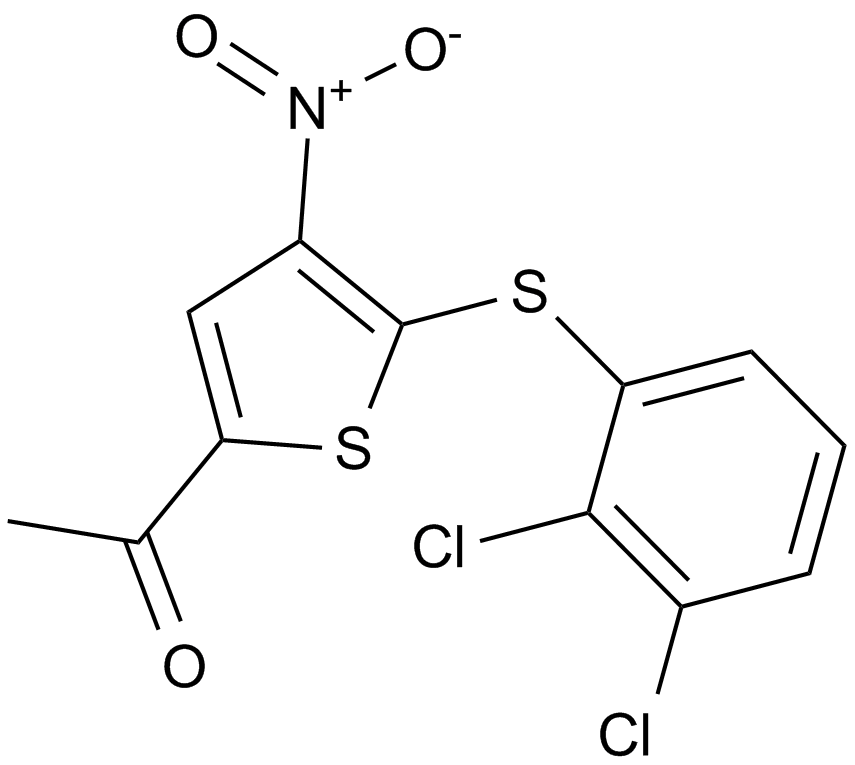 A3023 P0050911 CitationTarget: Ubiquitin-specific proteasesSummary: Ubiquitin-specific protease 7 (USP7) inhibitor
A3023 P0050911 CitationTarget: Ubiquitin-specific proteasesSummary: Ubiquitin-specific protease 7 (USP7) inhibitor -
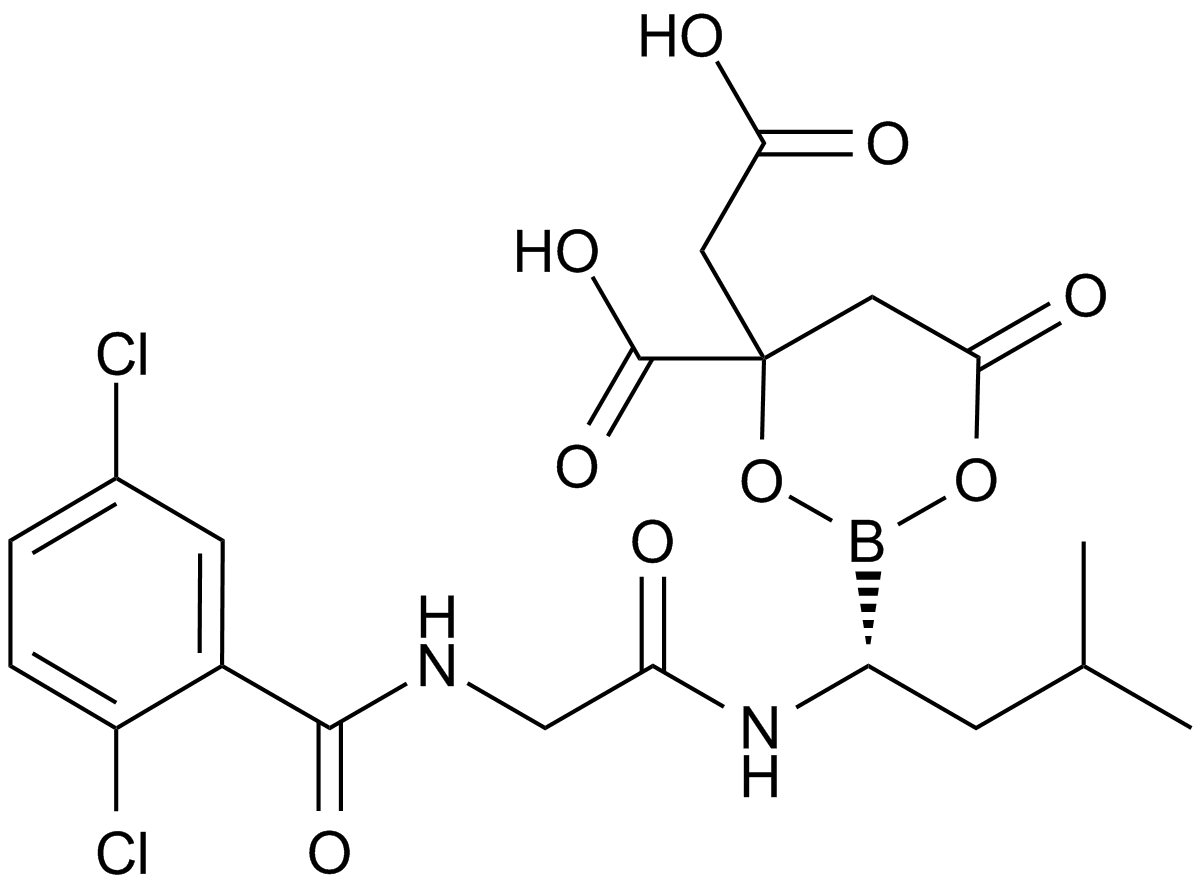 A4007 MLN97083 CitationTarget: ProteasomeSummary: Proteasome inhibitor
A4007 MLN97083 CitationTarget: ProteasomeSummary: Proteasome inhibitor -
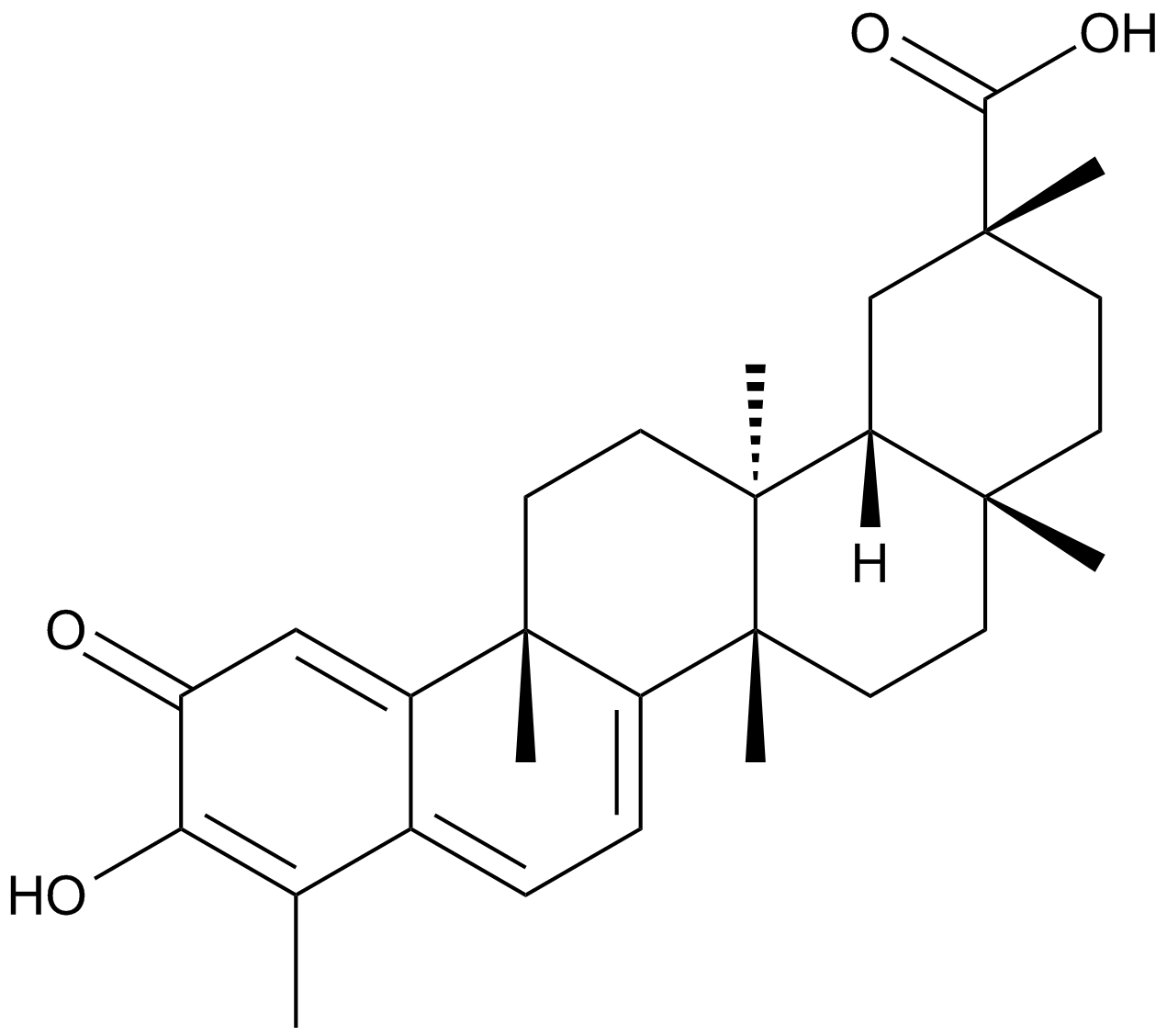 A2604 CelastrolTarget: ProteasomeSummary: Antioxidant, anti-inflammatory and immunosuppressive agent
A2604 CelastrolTarget: ProteasomeSummary: Antioxidant, anti-inflammatory and immunosuppressive agent -
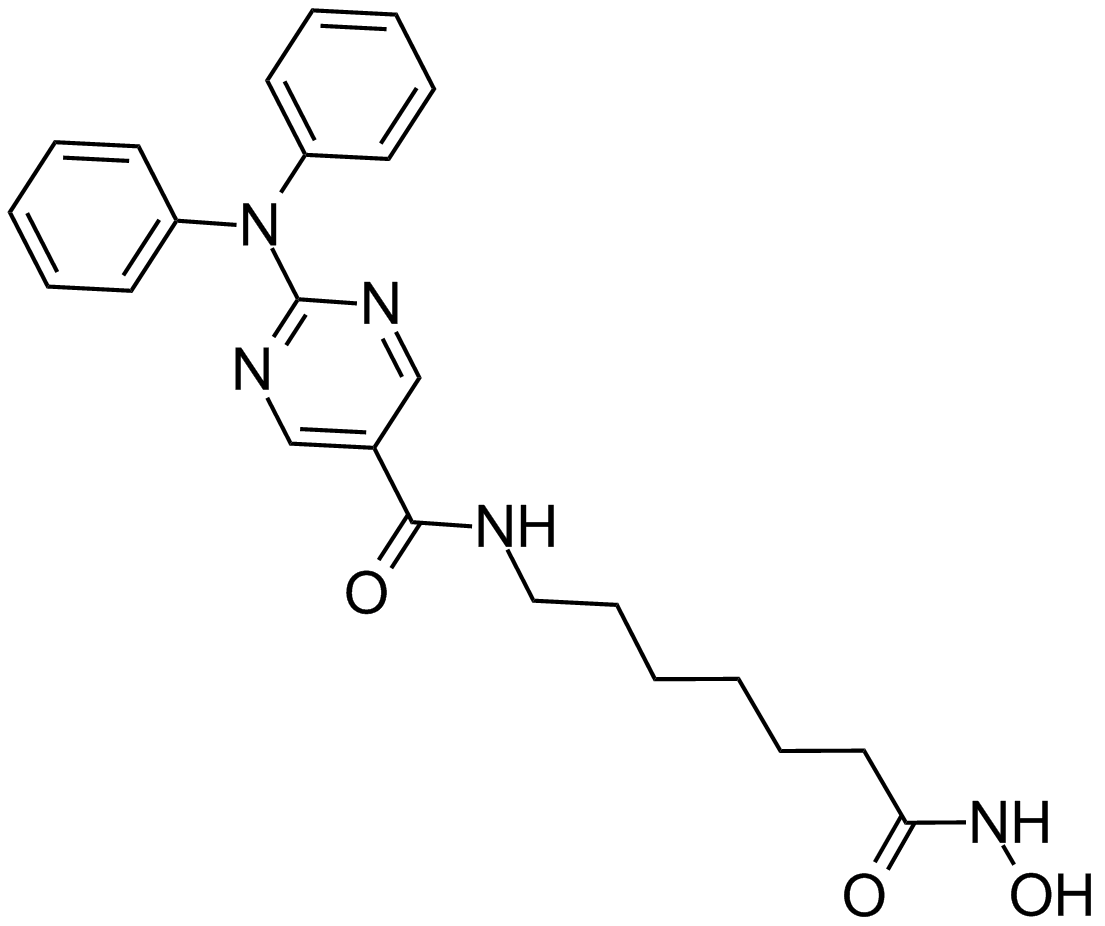 A4083 Rocilinostat (ACY-1215)1 CitationTarget: Histone Deacetylases (HDACs)Summary: Selective HDAC6 inhibitor
A4083 Rocilinostat (ACY-1215)1 CitationTarget: Histone Deacetylases (HDACs)Summary: Selective HDAC6 inhibitor -
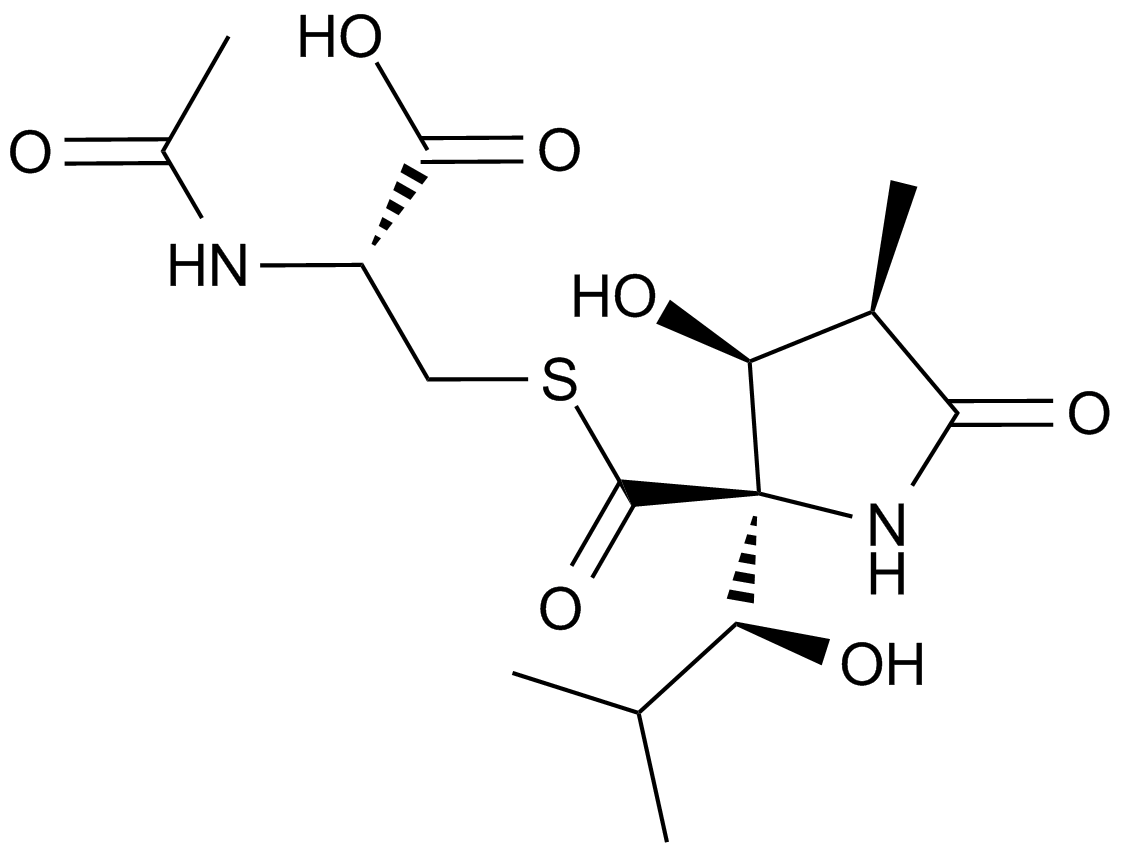 A2583 Lactacystin (Synthetic)1 CitationTarget: ProteasomeSummary: Proteasome inhibitor
A2583 Lactacystin (Synthetic)1 CitationTarget: ProteasomeSummary: Proteasome inhibitor -
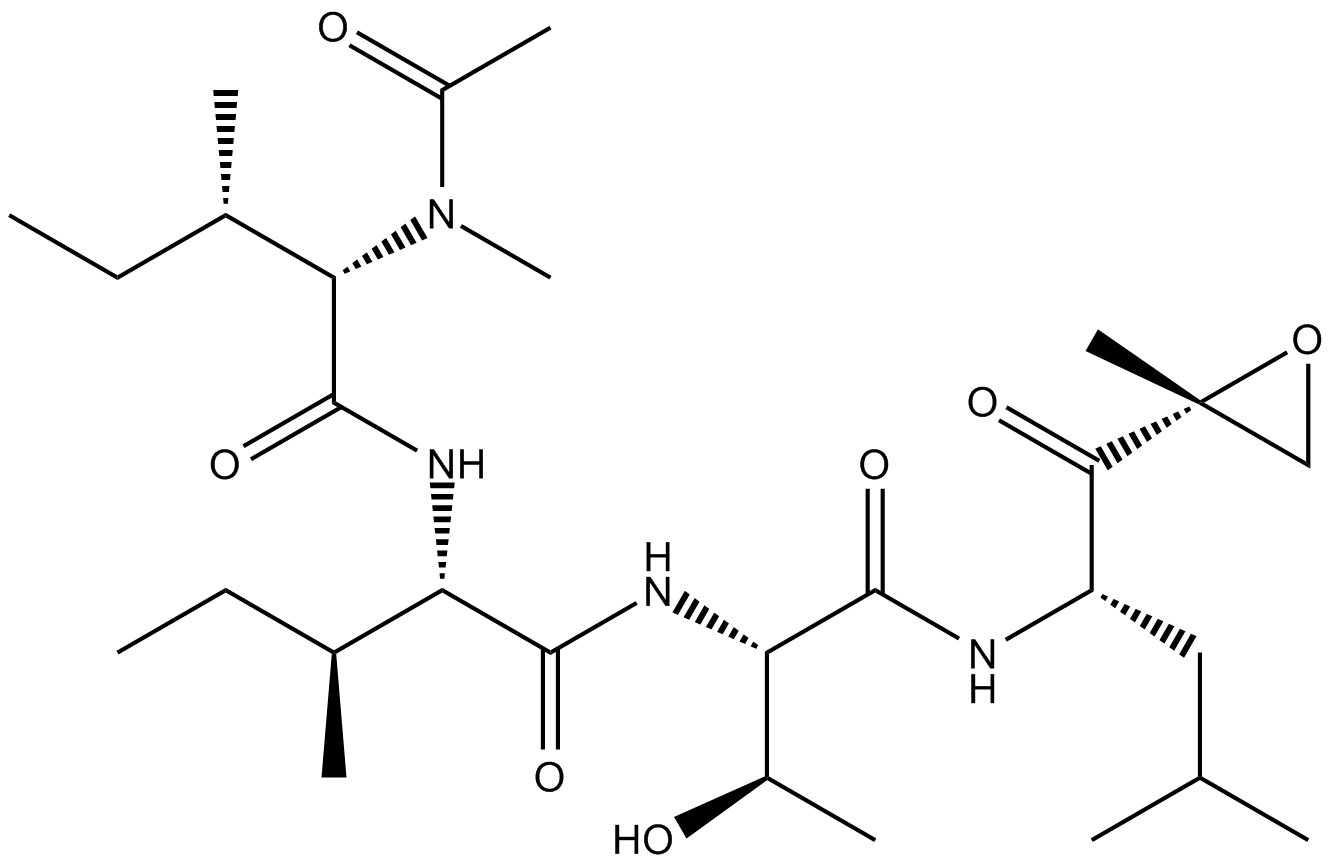 A2606 Epoxomicin25 CitationSummary: Proteasome inhibitor
A2606 Epoxomicin25 CitationSummary: Proteasome inhibitor -
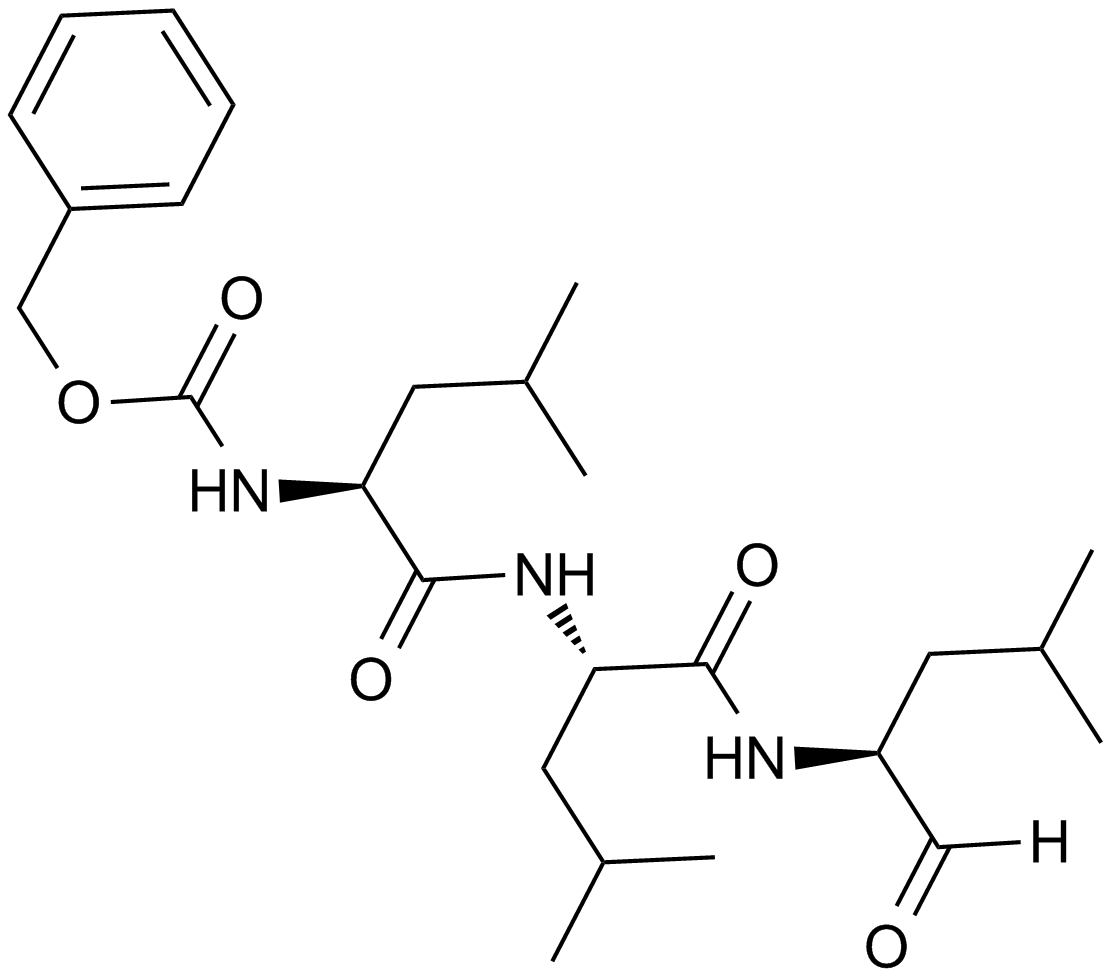 A2585 MG-13226 CitationTarget: ProteasomeSummary: Proteasome inhibitor, Cell permeable, reversible
A2585 MG-13226 CitationTarget: ProteasomeSummary: Proteasome inhibitor, Cell permeable, reversible -
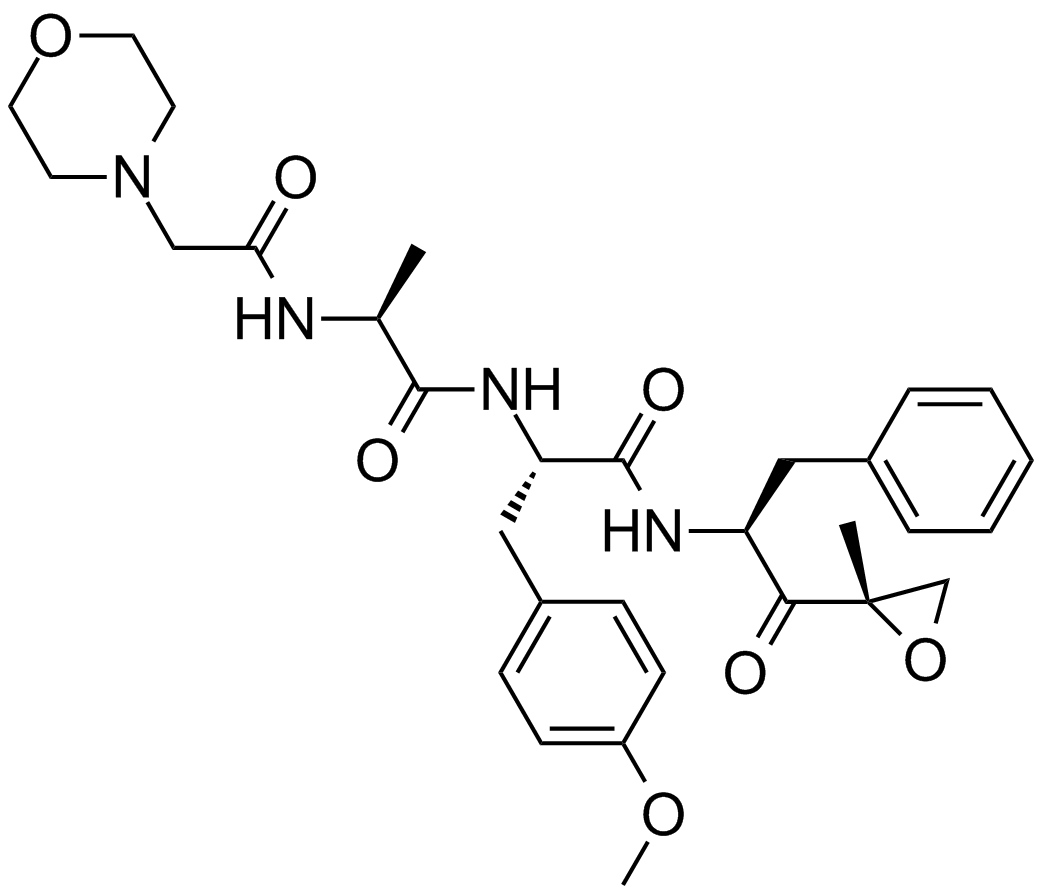 A4011 ONX-0914 (PR-957)6 CitationTarget: ProteasomeSummary: Immunoproteasome inhibitor,potent and selective
A4011 ONX-0914 (PR-957)6 CitationTarget: ProteasomeSummary: Immunoproteasome inhibitor,potent and selective -
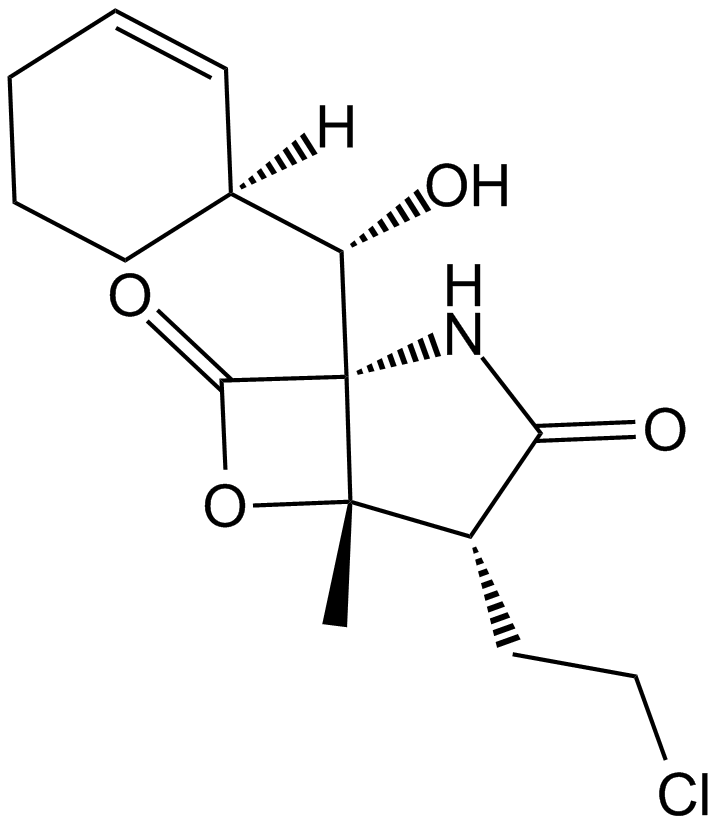 A4010 Salinosporamide A (NPI-0052, Marizomib)Target: ProteasomeSummary: 20S proteasome inhibitor
A4010 Salinosporamide A (NPI-0052, Marizomib)Target: ProteasomeSummary: 20S proteasome inhibitor

